How Yoga Can Prevent or Help You Recover from Injury
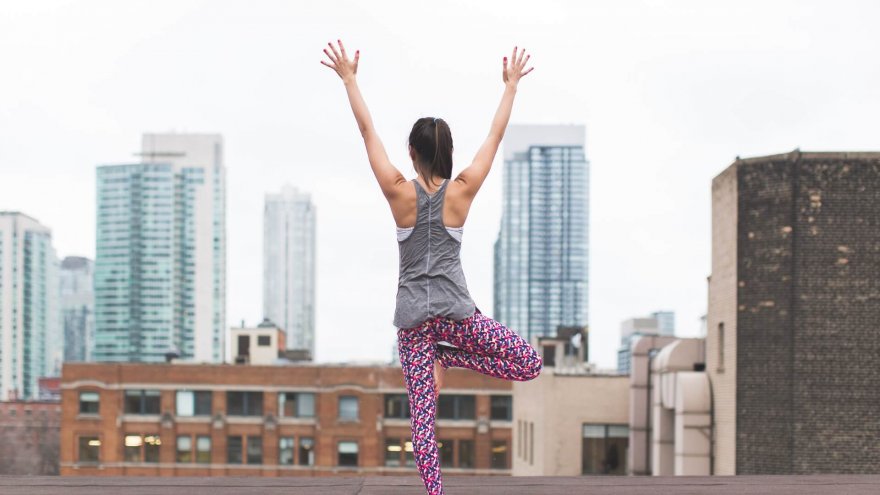
Stretching, foam rolling, ice, NSAIDs, and rest are part of every runner’s injury prevention/recovery plan. But should you also add the practice of yoga to that list? Many practitioners tout yoga as beneficial to both injury prevention and recovery for any kind of physical activity.
A Quick History and Definition
Although there are many different types of yoga—hatha, ashtanga, bikram (“hot yoga”)—all types are a mind-body practice originating in ancient Indian philosophy. At least 5,000 years old, yoga combines physical postures or poses, breathing, meditation and relaxation techniques.
Hatha yoga is the most common form practiced in Western culture. A 2016 study, titled “Yoga in America,” conducted by Yoga Journal and the Yoga Alliance, noted that there are 36 million yoga practitioners in the United States, who spend 16 billion dollars annually on yoga classes, clothing, equipment and accessories.
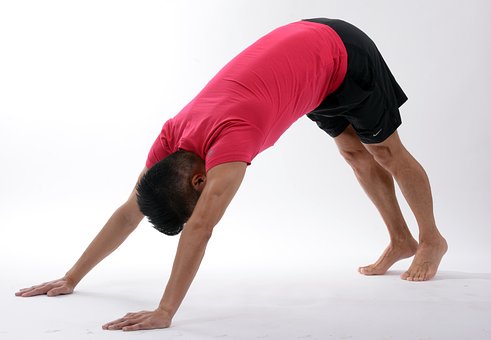
According to the study, yoga practitioners were more often involved in other forms of exercise such as running, cycling and weight lifting, than were non-practitioners.
Among survey respondents, 61 percent took up yoga to increase flexibility, 56 percent for stress relief, 49 percent for general fitness, 49 percent to improve overall health and 44 percent for physical fitness.
How Yoga Can Prevent Injury
According to Christine Felstead, author of the book Yoga for Runners, yoga helps to restore the body to balance and symmetry and can expose and address muscle imbalances that sometimes result from other forms of exercise and can lead to injury.
Felstead points out that because running, for example, works only certain muscle groups of the legs, runners are often surprised to discover that their overall leg strength isn’t as good as they expected.
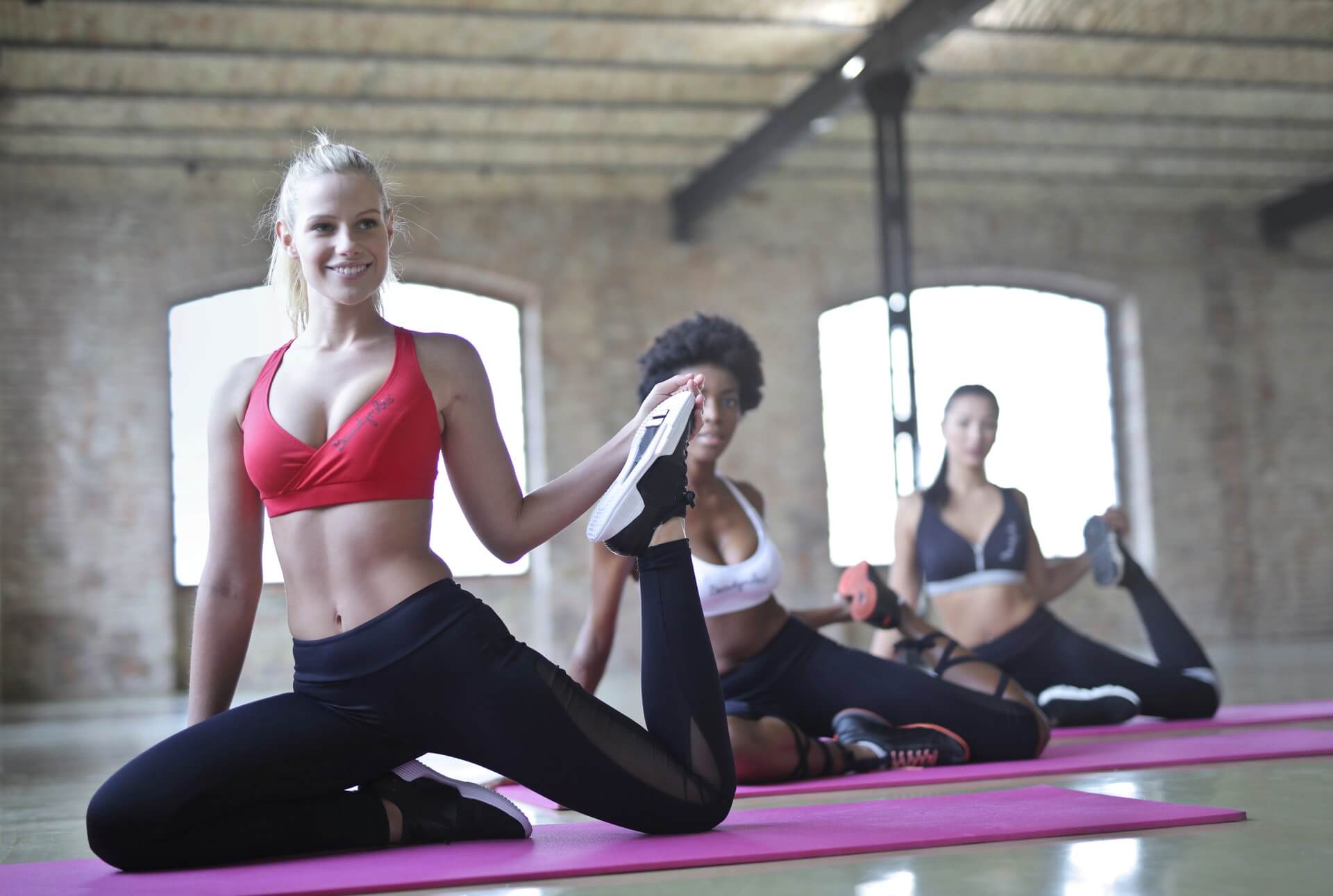
She uses the lunge pose to illustrate, explaining that although a lunge looks like it is part of the running stride, many runners find them difficult because the running stride involves movement and muscles firing at different times whereas holding a lunge is static and requires all the leg muscles to work at once. This static nature of yoga often demonstrates muscle imbalances and weakness.
Again, using the lunge held with arms extended straight overhead (crescent pose), Felstead asserts that the lunge pose strengthens the hamstrings, ankle, gluteus medius, front shin muscle, and quadriceps of the bent front leg; stretches the sole of the foot, the ankle joint, the Achilles tendon, calf and hip flexors of the straight back leg; lengthens the spine; strengthens the abdominals, muscles of the upper backs; stretches the shoulder muscles; and improves the range of motion in the should joint. She also explains that the lunge pose can improve overall balance, focus and concentration.
These benefits are not confined to just the lunge pose. All of yoga’s many poses and postures have similar benefits to overall strength and flexibility as well as specific muscle groups.
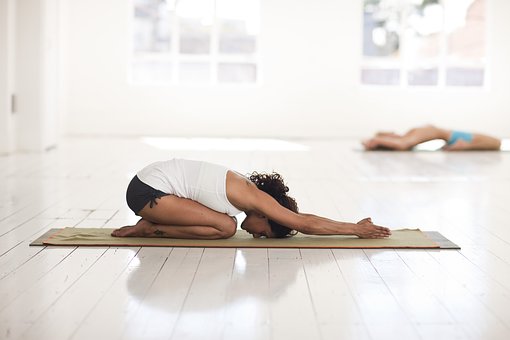
Felstead explains that a yoga program specifically designed for runners can reduce the risk of injury by focusing on proper alignment, and with a balanced mix of stretching and strengthening. She also suggests that rather than doing it every once in a while or on an as-needed basis, you will get the most benefit from yoga if you incorporate it into your weekly workout regimen.
How Yoga Can Help You Recover From Injury
If you are in pain and discomfort and recovering from an injury, the prospect of practicing yoga might seem daunting and counterproductive.
But, practicing gentle yoga poses may hasten the recovery process and help your body to heal. According to yogacentral.ca, some common injuries that may improve through yoga practice are: shin splints, plantar fasciitis, rotator cuff injuries, groin muscle strains and injuries to the anterior cruciate ligament. In addition, yoga can help with upper hamstring tendon injuries and back and neck pain. Restorative yoga can help the body heal after surgery or from illnesses associated with stress.
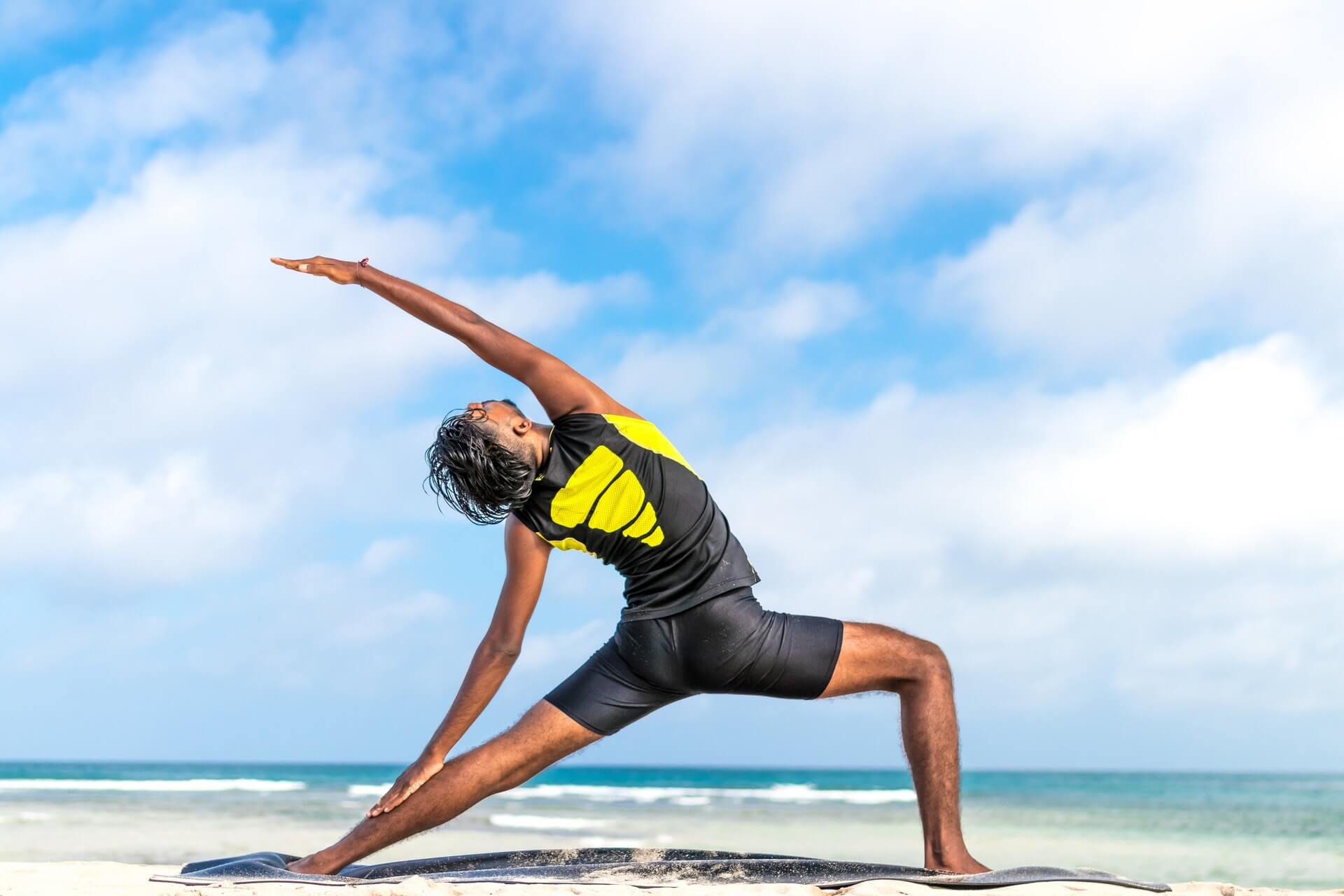
If you want to incorporate yoga into the recovery process after an injury or surgery, it is probably best to consult a yoga therapist who will help you in a one-on-one setting versus just signing up for your local group yoga class.
Yoga therapy, guided by a certified yoga therapist who has a minimum of 800 hours of training, can be beneficial in injury recovery, according to officials at the Maryland University of Integrative Health. A yoga therapist can design a program specifically tailored to your injury, to focus on and strengthen weak muscles groups, guide you through relaxation and mindfulness techniques that can aid in recovery, and offer support along with other health professionals during the recovery process, which can be difficult time both physically and mentally.
Injuries From Yoga?
Like any other physical activity, injuries from yoga can occur, albeit infrequently and mostly chronic in nature. The back, neck, shoulders, wrists, and knees are the areas most often associated with yoga injuries.
In “5 Common Yoga Injuries (and 6 Ways to Avoid Them!),” Loren Fishman, MD, medical director of Manhattan Physical Medicine and Rehabilitation, recommends “letting go of your ego.” He notes that most yoga injuries occur when practitioners overdo it whether from “ego, perfectionism or over-enthusiasm.” He suggests putting perfectionism and competition aside and instead focusing on improvement and doing the poses and postures correctly, even if it means starting out slowly.

Annelise Lonidier, a certified yoga instructor and owner of Atlanta’s Sacred Thread Yoga, concurs, noting in the same article, that taking your time when beginning a yoga practice is essential. She explains, “People are human and in general we want to ‘do’ something but don’t always have an interest in ‘learning how to do’ something. Yoga is an exercise in delayed gratification…and that means that to get some of the most complex or challenging postures, you have to turn in and begin to understand how your body moves.”
She also suggests the following for a successful practice:
- Find a “flesh and blood” yoga instructor to help guide you, particularly if you are a beginner or recovering from injury.
- Be wary of new-found flexibility that often comes with starting a yoga practice. You may have a tendency to push yourself too hard too soon which can lead to injury.
- Take up a gentle practice that is restorative and focuses on connective tissue rather than muscles.
- Listen to your body and what it is telling you. Good pain—soreness, for example—from hard work can be worked through. Sudden pain from a potential acute injury should be attended to quickly.
Sources
- , What is yoga? How does It work?, Web site
- , Yoga for Runners, Web site
- , Healing Benefits of Yoga, Web site
- , 5 Common Yoga Injuries (And 6 Ways to Avoid Them!),
Latest Articles
 Is Running on a Treadmill Easier Than Running Outside?Runners have their own preferences, whether it is treadmill running, running outside on the road, or exploring trails. So...
Is Running on a Treadmill Easier Than Running Outside?Runners have their own preferences, whether it is treadmill running, running outside on the road, or exploring trails. So... Is It OK to Use Trail Running Shoes on the Road?While trail running shoes can be used on roads, especially in situations where a runner encounters mixed terrains or pref...
Is It OK to Use Trail Running Shoes on the Road?While trail running shoes can be used on roads, especially in situations where a runner encounters mixed terrains or pref... How to Fix Sore Quads After Running?Rest, ice, gentle stretching, and over-the-counter pain relievers can help soothe sore quads after running. Also, ensure ...
How to Fix Sore Quads After Running?Rest, ice, gentle stretching, and over-the-counter pain relievers can help soothe sore quads after running. Also, ensure ... 10 Fruits With The Most Electrolytes to Replace Sports DrinksThese fruits are high in electrolytes such as potassium, magnesium, and calcium, essential for hydration, muscle function...
10 Fruits With The Most Electrolytes to Replace Sports DrinksThese fruits are high in electrolytes such as potassium, magnesium, and calcium, essential for hydration, muscle function...

